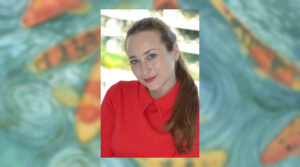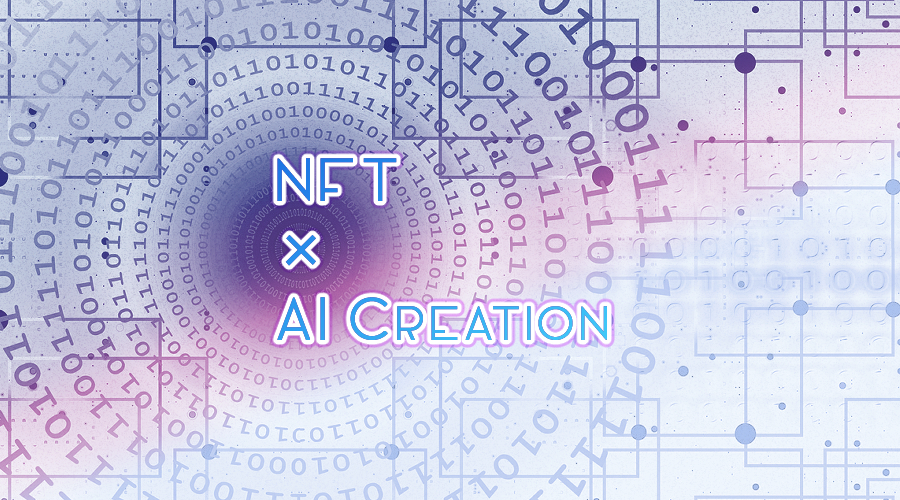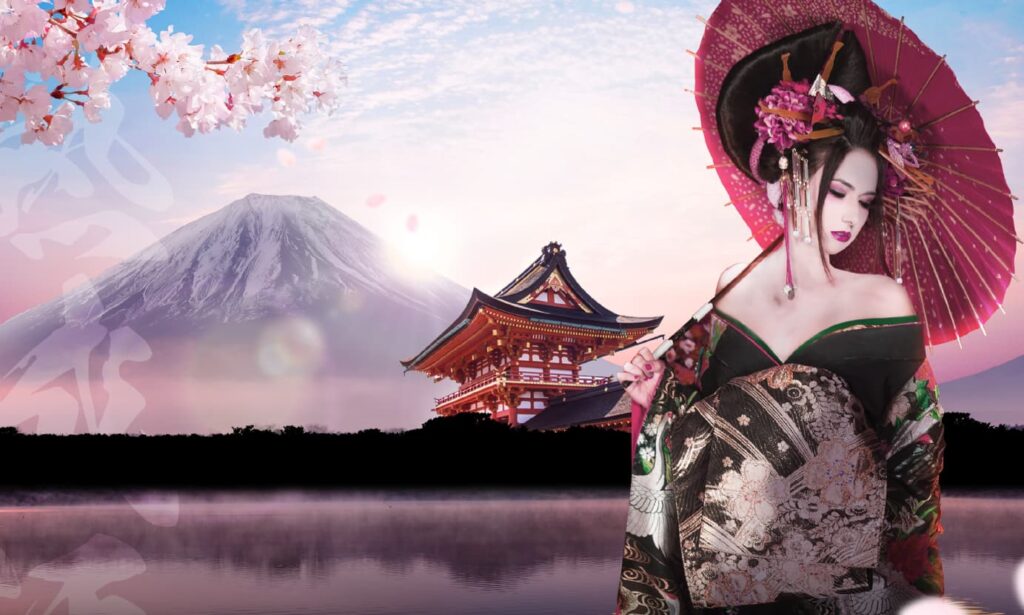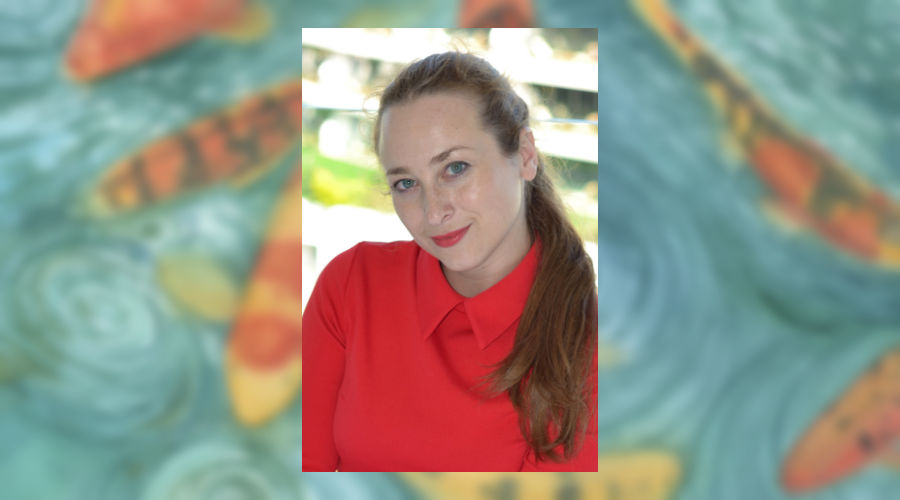Magazine
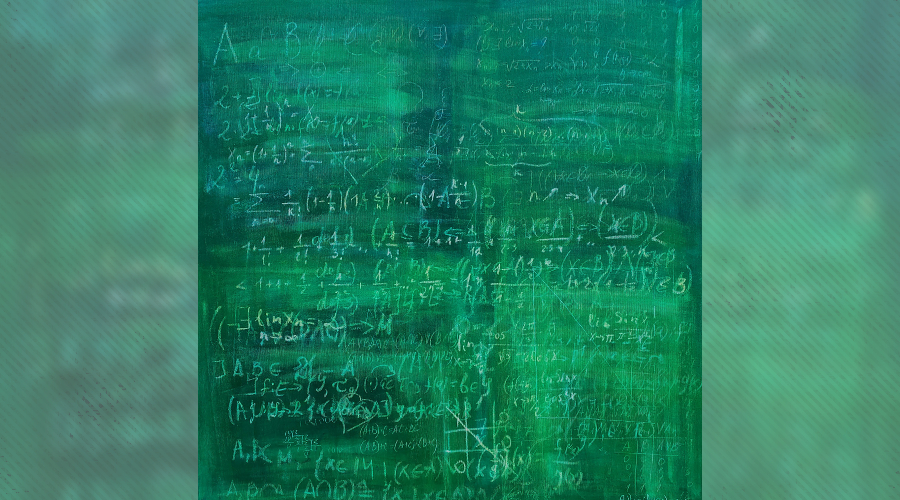
How does the artwork of Anastasia Vasilyeva come into being?
- Feature
- Interview
目次
What made you start painting artworks?
―― Hello Anastasia!
Can you introduce yourself briefly? What made you start painting artworks?
My childhood was very much about art. My father and great-grandfather were artists and architects. I grew up among paintings, sketches and lithographs.
Together with my parents, we often visited the St. Petersburg museums. In the museums I was impressed by the visual beauty of classical works and the works of expressionism. However, I completed my professional education in Applied Mathematics.
When I moved to Switzerland in 2008, I knew that I would paint in the new country.
Feeling nostalgic for my childhood and the places where I grew up gave me a special inspiration.
How was old blackboard art born?
In Europe, I learned about contemporary art and painting techniques which were new to me. Mix Media inspired me to paint in a new way and I achieved my vision of painting with texts and mathematical formulas. This is how my first painting in the form of an old blackboard was born.


―― I see. That’s the background of your work.
Are “Feeling nostalgic” and “Mix Media” keywords of your old blackboard art?
It’s close to correct. I wanted to create objects that symbolize memories. Memories and records are the history of our growth and sometimes serve as guideposts when we face difficulties. For me, the blackboard is a symbol that stores all my memories. Also, the older the board, it is more difficult to erase the inscriptions.And mathematical formulas play another big role for me in my childhood and adolescence spent in a mathematical environment. When I was a student, I saw students enthusiastically explaining problems to each other and writing formulas in the air with their fingers. These were just
It’s close to correct. I wanted to create objects that symbolize memories. Memories and records are the history of our growth and sometimes serve as guideposts when we face difficulties. For me, the blackboard is a symbol that stores all my memories. Also, the older the board, it is more difficult to erase the inscriptions.And mathematical formulas play another big role for me in my childhood and adolescence spent in a mathematical environment. When I was a student, I saw students enthusiastically explaining problems to each other and writing formulas in the air with their fingers. These were just formulas in the air, completely abstract beings, but at the same time everyone understood it perfectly. For me, formulas are clear, logical, and easy to write. However, mathematical formulas give various meanings to art works.
―― I’m very excited about hearing your story!
I felt the mathematical formulas in the artwork are so beautiful. Because it’s one of the perfect beings. No one has seen the birth of numbers, however it was already there once we realized it. How do you choose your formulas or mathematical ideas for each artworks?
My main specializations in applied math were mathematical statistics, probability theory, and Game Theory. So I use these formulas a lot!
Our life is full of possibilities and probabilities. I find this idea very suitable for my paintings. The process of mixing the colors on the canvas is intuitive and the result cannot be predicted in advance. Just as the course of our lives is constantly influenced by random events and we have to make choices.
Sometimes I choose more precise formulas to complete the concept of the painting. The Wave Theory series, for example, uses formulas from this section and is complemented by appropriate color combinations.
What’s the most important thing to you for painting?
It is very important to me that each of my paintings has several layers of meaning. I’m very fond of Japanese culture and have read Japanese literature since my youth. The amazing logical connections, riddles, mysticism, and soul-searching that I felt in Japanese literature also leave a mark on my art. It’s important to me that my work has visual and meaningful depth.
―― It’s surprising that you have a deep knowledge of Japanese literature! What kind of Japanese literature did you read?
About Japanese culture, I read stories of Ryūnosuke Akutagawa when I was a child. They were so different from my culture and so mystic to me! My very favorite story was The Spider’s Thread. I found the sketch I drew of my image for this story.
What’s more, I read Japanese detective stories: Ranpo Edogawa and later of course Haruki Murakami.It’s one of my big goals to create artwork, which is inspired by Japanese culture! I’m also open to collaboration with Japanese artists.
What do you expect from new technology like NFT?
NFT helps me to refine my work by giving it new meaning. I am so glad that digital works now have a full-fledged place in the art market!
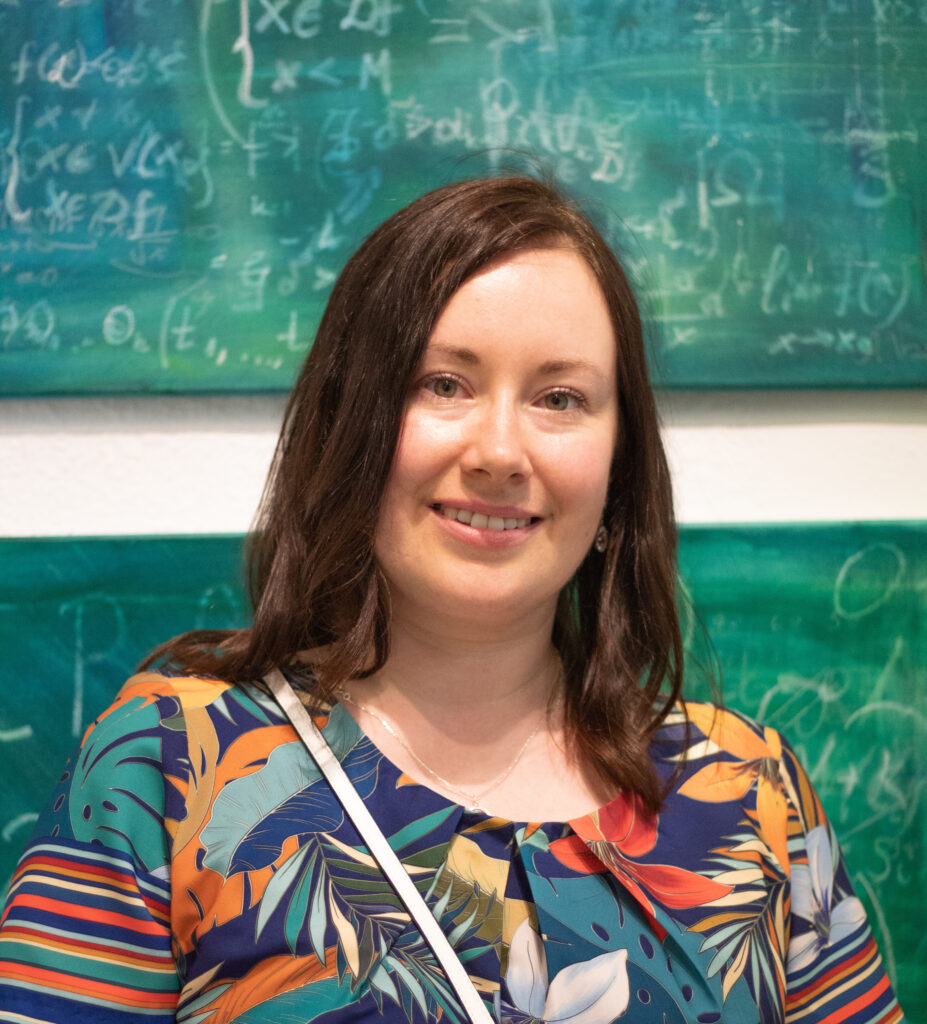
Anastasia Vasilyeva
Anastasia Vasilyeva is an artist dedicated to abstract conceptual art. In her works, she combines art with motifs and themes of mathematics as well as computer science. Her work also focuses on current social problems. Inspired by Mark Rothko, Jackson Pollack, Kandinsky, and Gerhard Richter, Anastasia Vasilyeva makes a conceptual contribution to Contemporary Art.
Born in an artist-family (4th generation) she learned the basic painting techniques from her father and continued to further develop them in various painting courses. Anastasia is also very interested in the history of art. The art exhibitions of classical and modern works of art always give her new inputs and inspirations for her work.
Since 2016 Anastasia Vasilyeva has been exhibiting her works in certain art galleries, museums as well as in large IT and insurance companies in the USA, Switzerland, Germany, and Estonia.
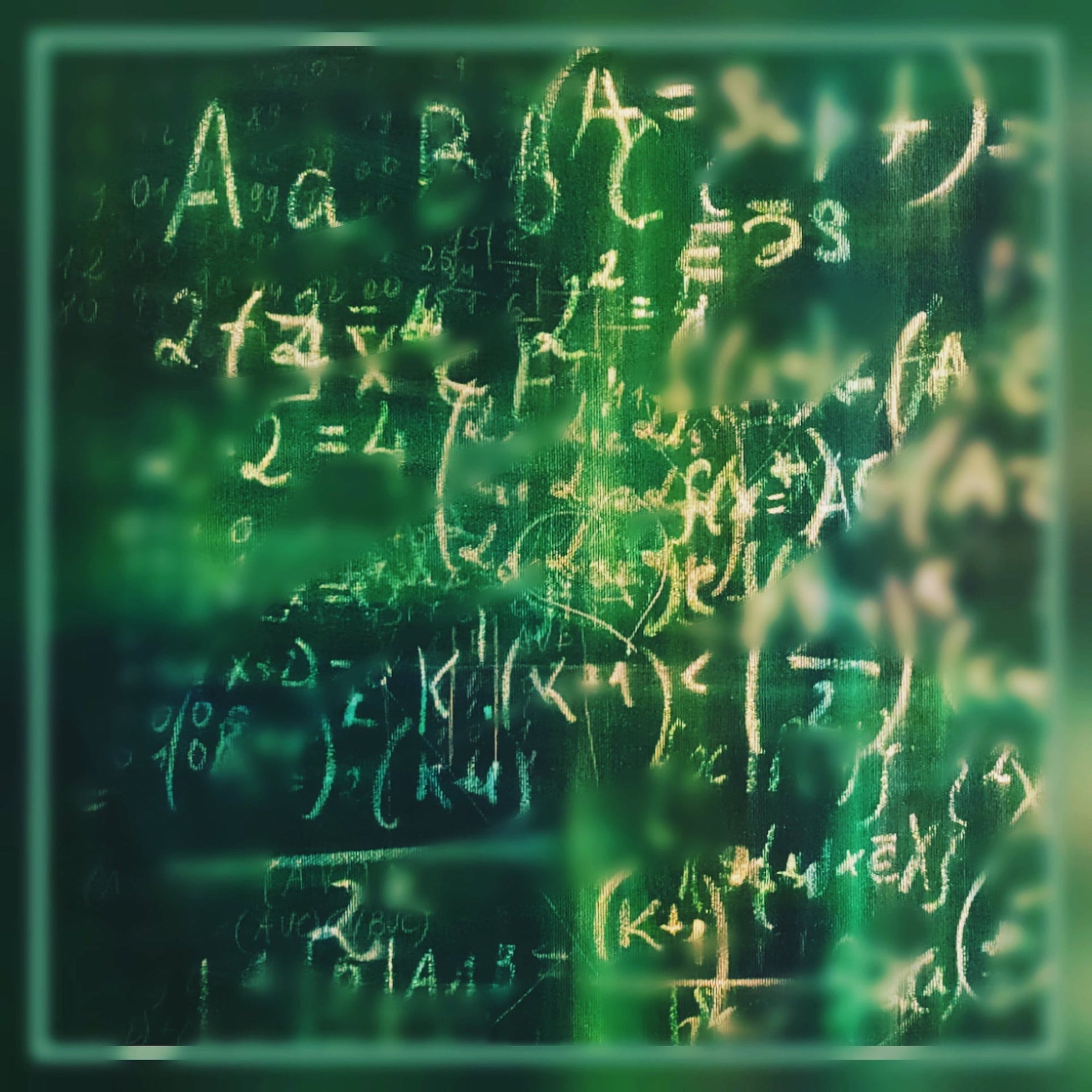
Anastasia Vasilyeva
NFTプラットフォーム「HINATA」(2022年1月11日公開)




